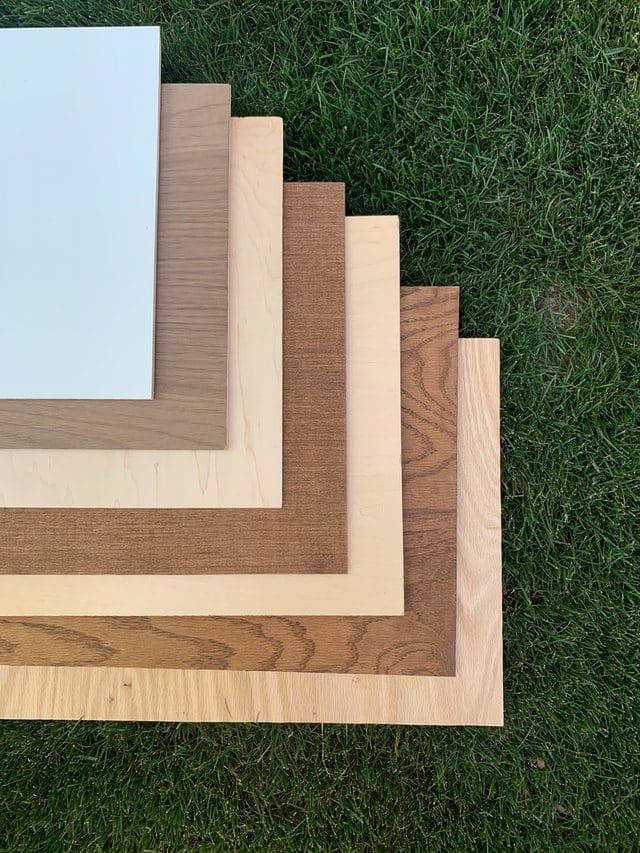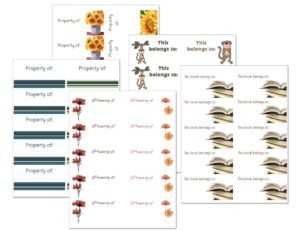Engineered wood floors are cheap and durable, and they can be a great investment for any home or business. Many people like the variety of styles that they offer. Engineered wood is a cheap flooring option made from top-quality timber and other materials to create a highly attractive, cheap, durable flooring solution.
This blog post will talk about seven different types of engineered woods and their unique characteristics.
Let’s take a look at these types.
Table of Contents
1. Laminated Veneer Lumber
This is a very cheap type of engineered wood, and it’s made up of several thin layers of wood that have been glued together. It’s not as strong as some of the other types, but it is cheap and easy to install. Each of these types has its advantages and disadvantages, so you must decide which one is best for your needs.
Do your research and talk to an expert before making a decision. You don’t want to end up with a floor that doesn’t meet your needs or expectations.
2. Laminated Strand Lumber
Laminated strand lumber (LSL) is a type of engineered wood made from small strips or strands of wood glued together. This type of wood is very cheap and is often used for flooring, decking, and other outdoor applications. LSL is also popular for use in furniture and cabinetry. Engineered wood is a great option for flooring because it is cheap, durable, and easy to install.
Many types of engineered wood are also low maintenance and waterproof. So, if you are looking for a new floor that will stand up to everyday use and require minimal care, then engineered wood may be the perfect choice for you.
3. Oriented strand board
Oriented strand board, or OSB, is an amazing flooring option made of wood chips and strands. It is easy to install and can be used for floors and walls. It is a cheap flooring option made of wood chips and strands. It can be used for floors and walls but needs to be covered with another material on the top surface because it doesn’t stand up well against moisture.
4. Plywood
Plywood is cheap and readily available, making it a popular choice for home renovations. This type of engineered wood was invented in the 19th century as a cheap alternative to expensive hardwoods such as mahogany or walnut. Plywood consists of three layers: one outer layer with decorative veneer, one inner core made from cheap woods like poplar or pine trees, and an intermediate layer called ‘veneer.’

The latter two are bonded with a strong adhesive under very high pressure using heat treatment. Although plywood has been around since 1855, more recent developments improved water resistance and strength by adding resin-based glues that can stand up to humidity without warping.
5. Medium-density fiberboard
This cheap option is made from wood chips, shavings, and sawdust. Even though it’s cheap, there are still some benefits to this type of engineered flooring. It can often be refinished when needed, and many homeowners enjoy the rustic quality. Since MDF boards do not have a grain pattern or “planks,” they don’t add any dimension to your space like other types of engineered floors might offer.
This makes them perfect for covering large areas such as basements where you need something cheap. It will help with moisture problems in the concrete below but doesn’t necessarily want anything fancy or expensive; since no one sets it apart from family members walking down into the basement.
6. Composite board
A composite board is a manufactured wood panel made from two or more different types of lumber. The panels are combined so that the grains in each piece run in opposite directions. This makes the board stronger and less likely to warp. Composite boards are available in both solid and engineered varieties. Solid composite boards are made entirely from one type of lumber, while engineered composites include multiple layers of different woods.
The top layer is usually a harder wood, such as oak or maple, while the bottom layer is softer, like pine or poplar. This combination creates a board that is resistant to shrinking and swelling due to changes in humidity levels.
7. Cross-laminated timber
Cross-laminated timber, or CLT, is a type of engineered wood made of several layers of lumber boards glued together. This creates a product that is extremely strong and durable. It is also resistant to fire and moisture, making it a great choice for flooring in high-traffic areas.
The Bottom Line
Engineered Wood Floor is a better product than Laminated Floor or Hardwood Floor in some ways, but it depends on the customer’s choice and budget. So we can say that it is not only good but also cheap. The most important benefit of choosing this product is its long durability and easy installation.
Featured Photo by Pixabay from Pexels




